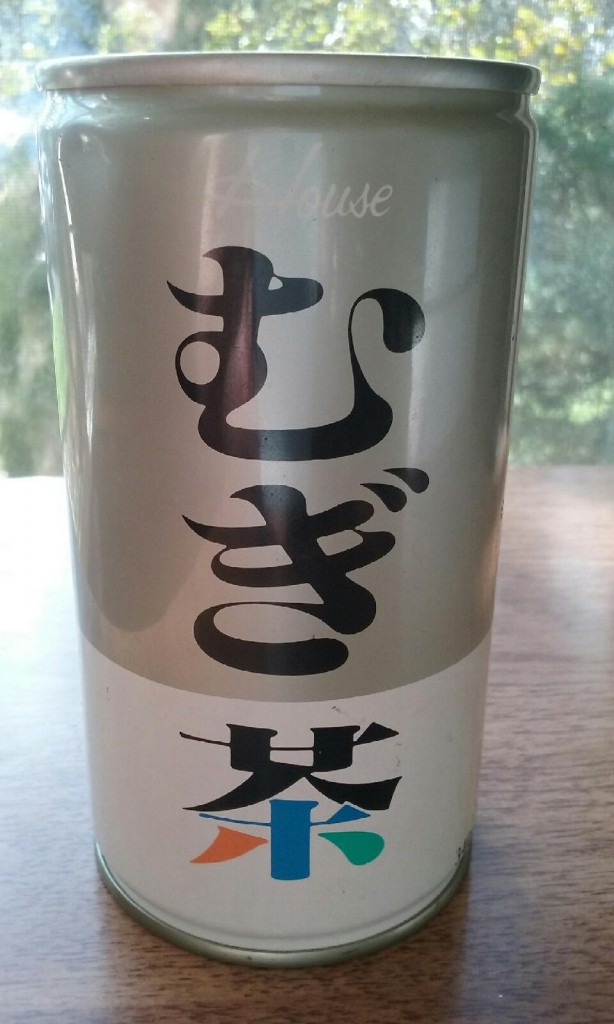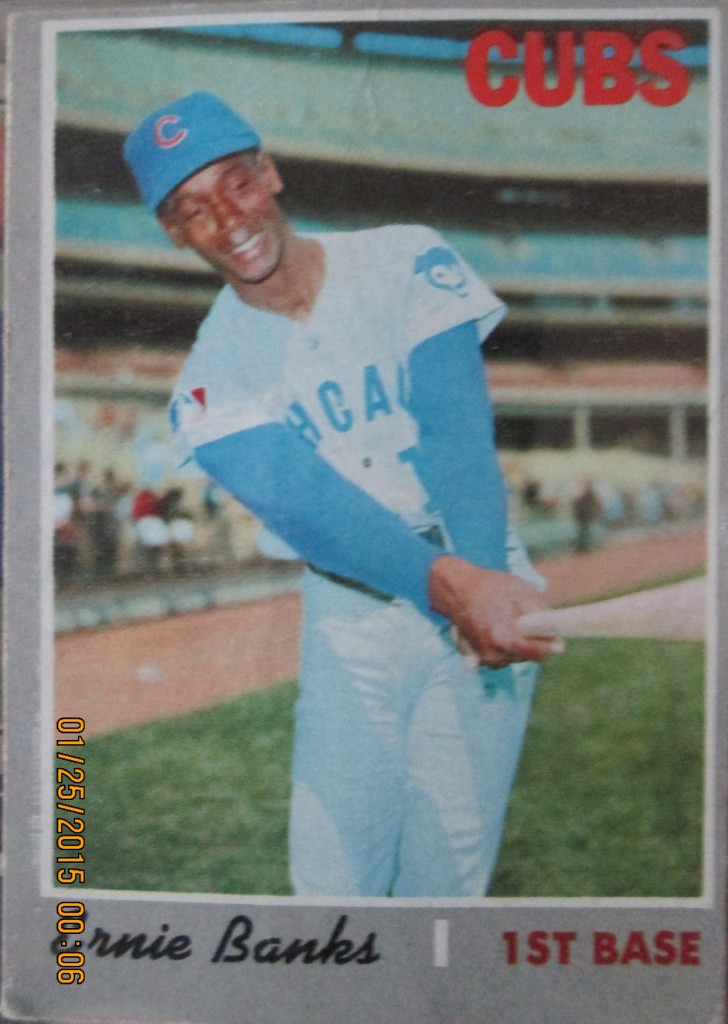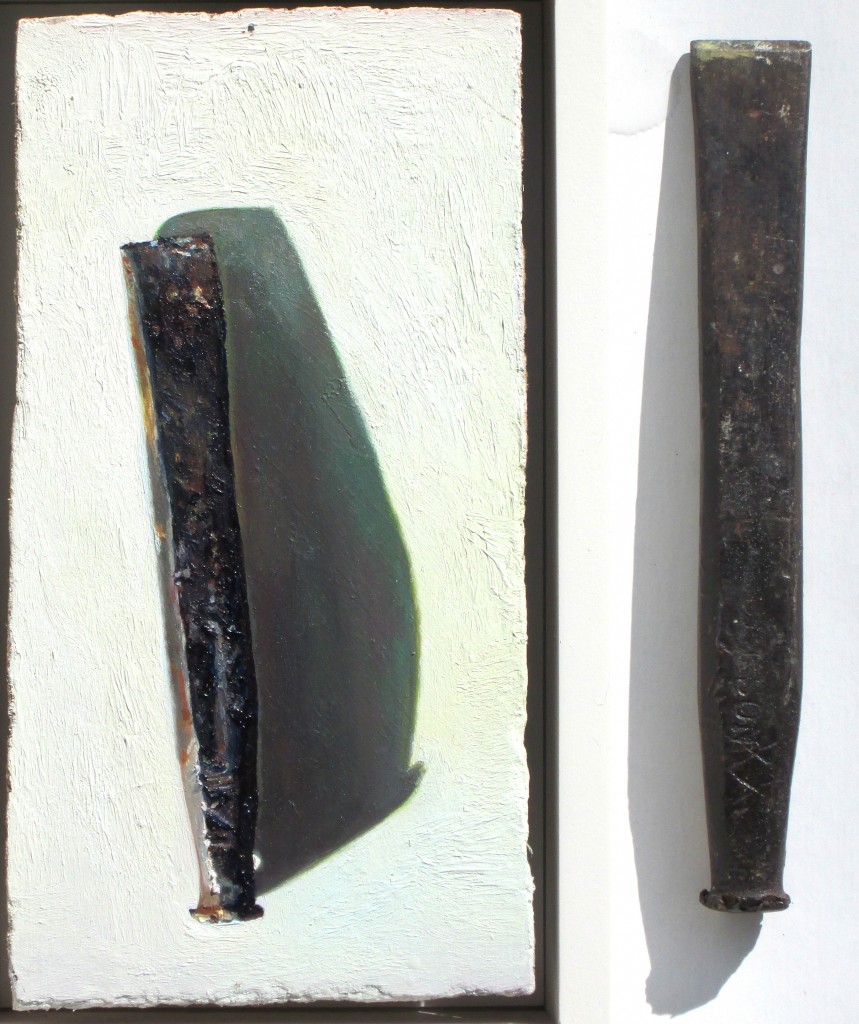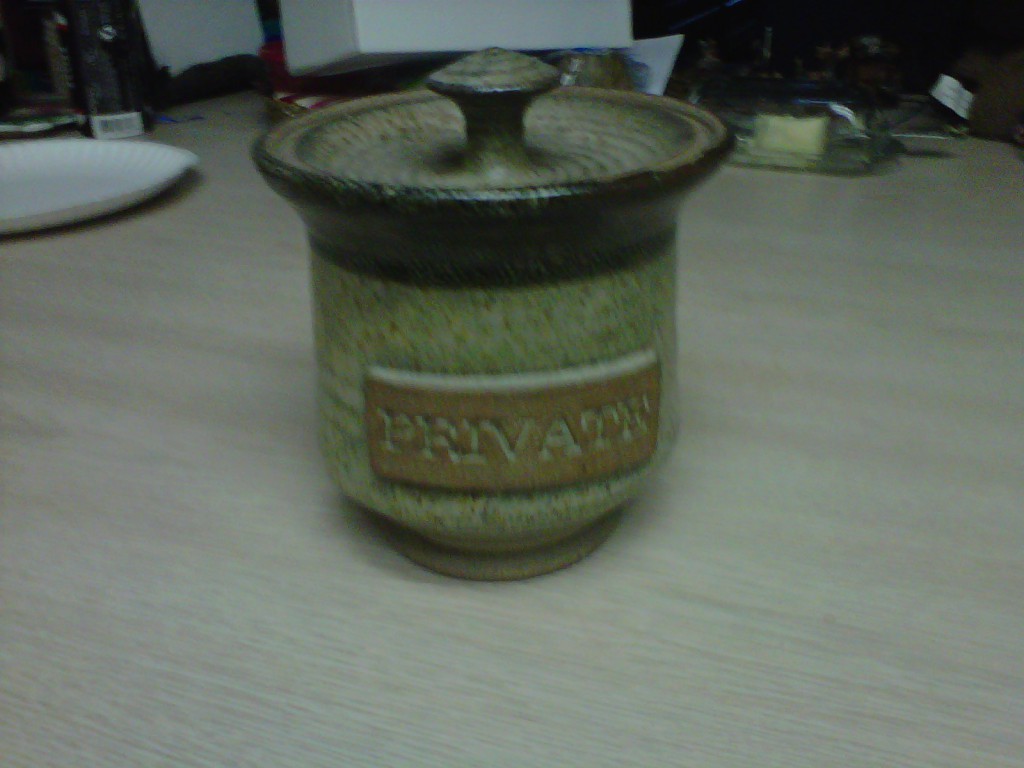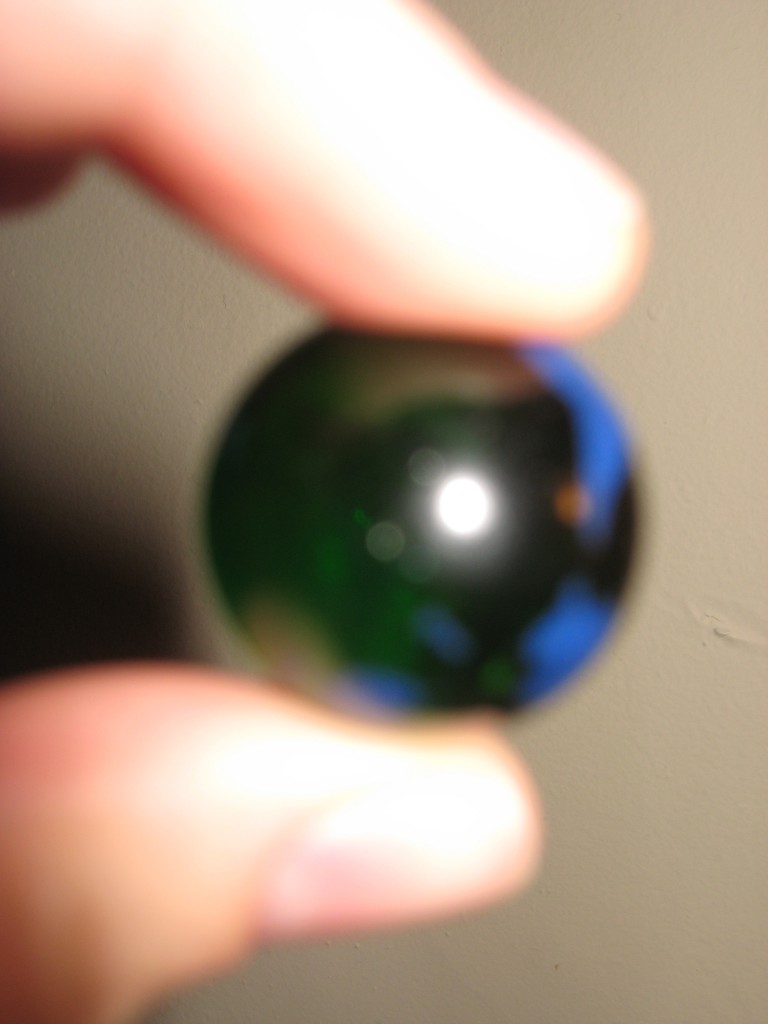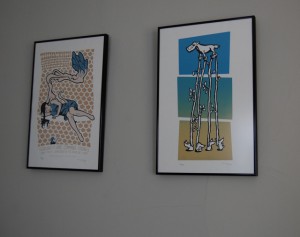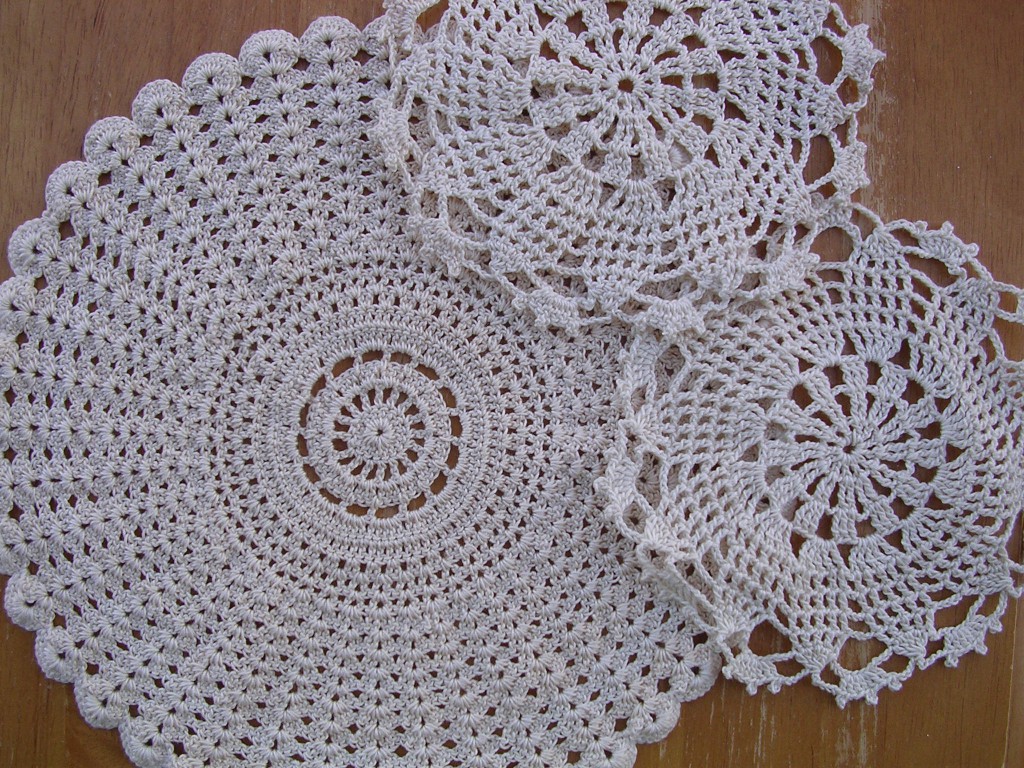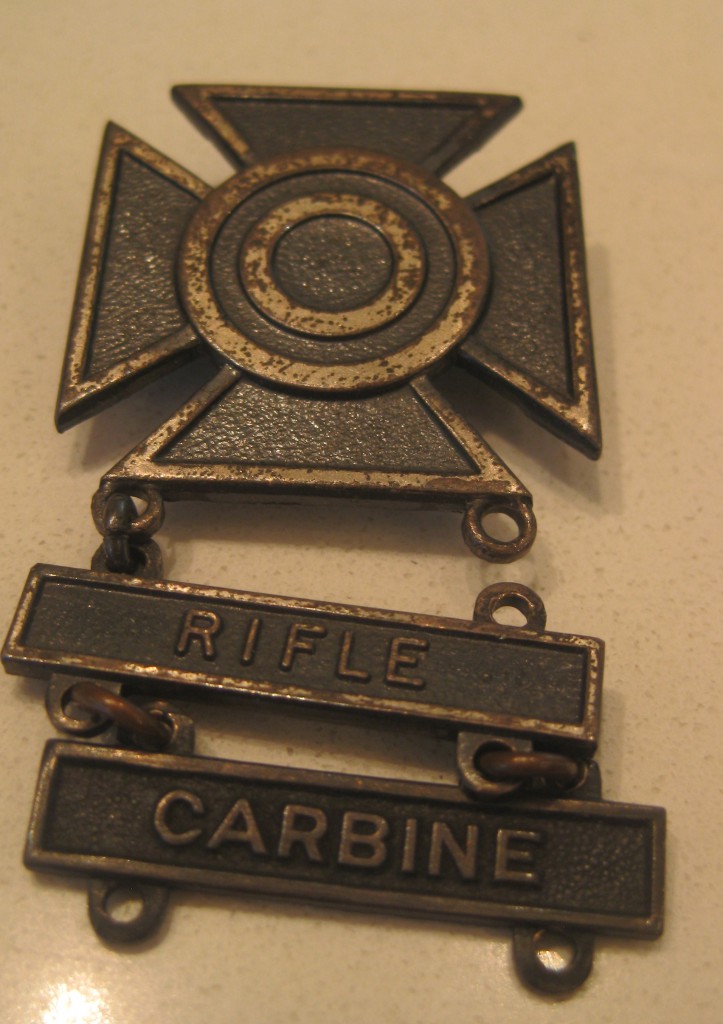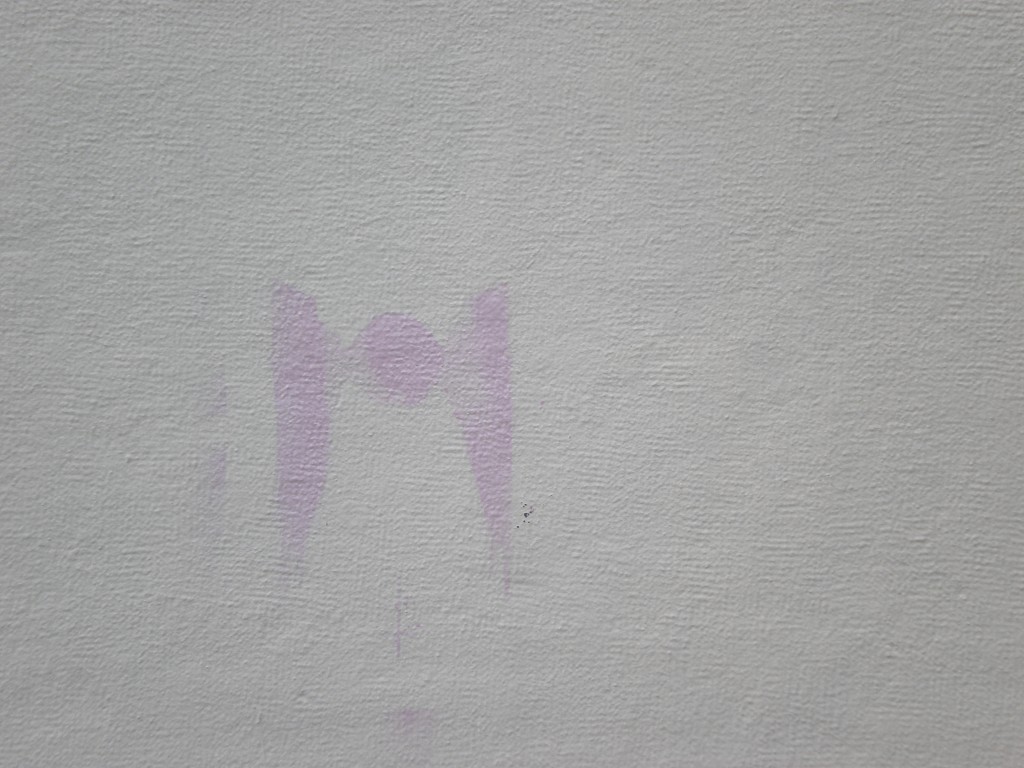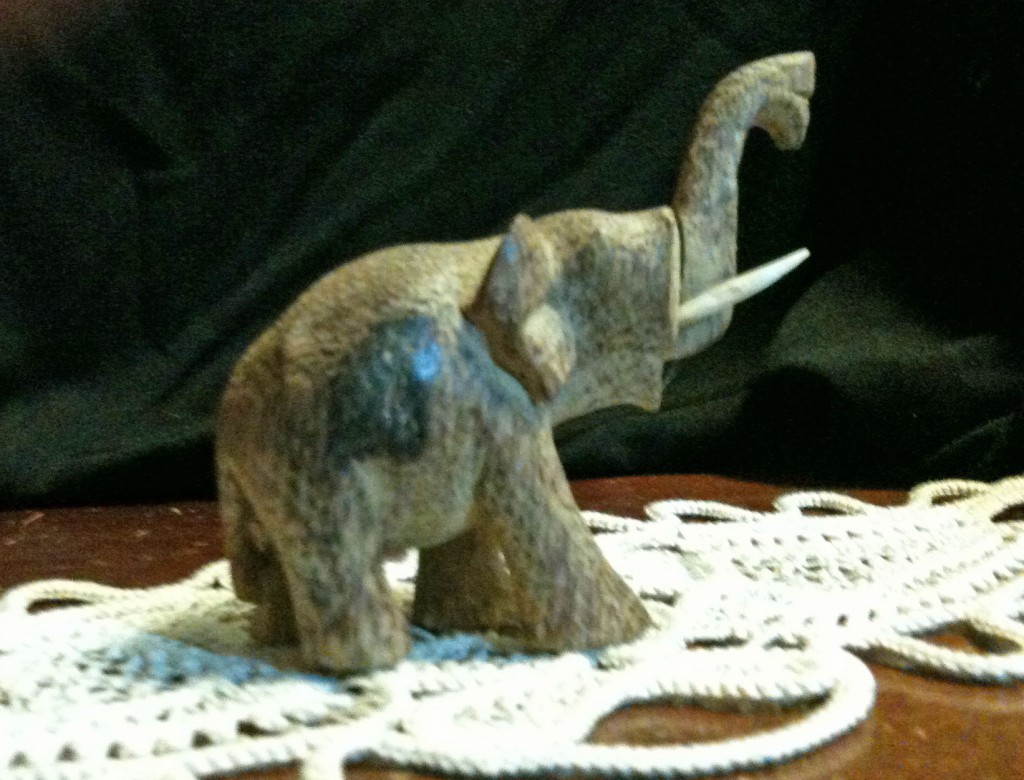Because memory is a fickle thing, I’m a bit uncertain about the five Ws of journalism here. Fortunately, I’m not under oath. But if I had to guess, I was in Elementary school (perhaps 3rd grade?) when I found it. While walking home after school one day, I noticed some litter mingled with withered weeds along the sidewalk. Most of the trash was standard faire – broken bottles, plastic bags, candy wrappers; however, upon scanning the hillside, I spotted it, a strange-looking can lying in a bed of shattered glass.
The first thing I noticed about this can was the cursive lettering (in a language that wasn’t English) on its side. Whatever this mystery beverage was (I realized later that it was barley tea), it wasn’t made in the United States. I was instantly captivated by the visual beauty of this foreign language (which turned out to be Japanese); it reminded me of my mother’s calligraphy. But beyond that, what fascinated me about this can was the artfulness of its design. Even as a kid, I had an aesthetic appreciation for the arts. Although I was unformed, I still had some innate feeling for things like beauty, rhythm, and color theory. And this can of tea moved me.
The entire design of the label has continued to intrigue to me throughout the years. Firstly, the layout is based upon the rule of thirds. In visual arts, the rule of thirds is a basic composition principle in which an image is divided into thirds (both horizontally and vertically) so that you have 9 parts. The idea is to place your subject of interest on one of the center intersecting points. In the case of the can, the top two thirds are colored a cool gray while the bottom third is a mellow white. The proportion are classically symmetrical. Secondly, the colors of the bottom character (which I believe describe the name of the tea) are dynamic. I’ve never seen a similar pastel palette used for any American products. The bottom character is a combination of three colors: tangerine orange on one side, topaz blue in the center, and turquoise green on the other side. These fresh pastel colors are juxtaposed with the stark black used for the rest of the lettering which is set against the gray and white base of the can’s body. It’s a fresh and clean aesthetic.
So no matter where I’ve lived throughout the years, I’ve found room for this can of barley tea on a bookshelf, mantel, or window sill. There’s just something about this can’s combination of classical symmetry and peculiar color composition that is wholly unique. I’d like to think that this can’s design has even inspired my own creative projects. If so, there may be traces of its aesthetic in my photography, music, and writing. Regardless, I strive for a similar ideal: mixing a discreet minimalism with lively, surprising elaborations. Whether lived on or off the page, life — like art — can be beautiful if you allow it to be. I have a can of barley tea to thank for that.
